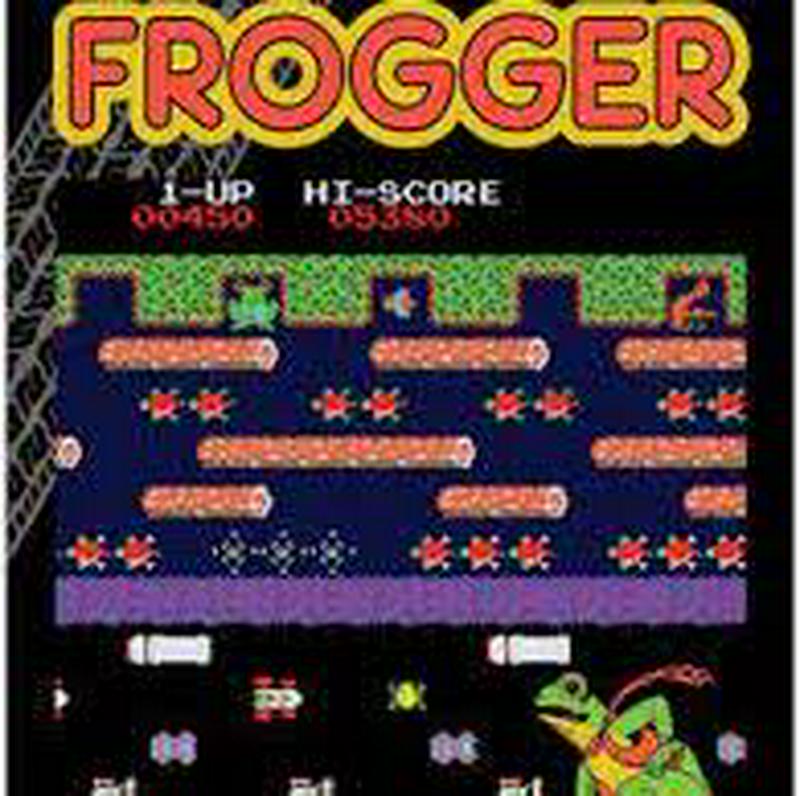Frogger's Rise To The Top
By | February 19, 2022

When it comes to nostalgic video games, few pixelated pastimes can touch the popularity and shelf life of Frogger. The quintessential arcade game became so popular that the Parker Brothers earmarked more money for its marketing budget than the Star Wars: Empire Strikes Back movie! Amusingly, Frogger developer Akira Hashimoto found the idea for the game while actually sitting in traffic. Supposedly, at that exact moment, a real-life frog attempted to cross the road. Once he assisted the inspirational fellow, he got to work on one of the all-time classics.
Frogger even received a dedicated storyline on Seinfeld, earned multiple renditions on platform after platform, and even technically paved the way for many of the video games we see today. Here’s the unlikely story of a frog trying to cross the road.

A Massive Hit
In 1981, Parker Brothers expected big things from the pixelated amphibian attempting to cross traffic. The company put aside $10 million for hopping frog and the video game adaption of Star Wars: The Empire Strikes Back.
In comparison, the movie only received $6 million for its marketing budget! Frogger sold three million in short order becoming a massive sensation overnight. Over the following years, the game sold over 20 million copies worldwide, cementing video games’ oversized place in our lives.
In a hat tip to the game’s incredible shelf life, notorious professional gamer Billy Mitchell held a Frogger competition, offering $10,000 to the first person who could score one million points. Too bad George Costanza wasn’t around for that.

Laying The Groundwork
Funnily enough, Frogger wasn’t the only computerized animal attempting to cross the road for our amusement in 1981. That same year Activision's released “Freeway” which featured, of all things, a chicken attempting to get to the other side as a variety of automobiles blocked the way. Each game was actually made independently and while the frog came before the chicken, Frogger actually helped “Freeway” become a runaway success.
Frogger also, if you can believe it, pushed the technical aspect of video games forward. It served as the first game to utilize not one but two CPUs! While it seems downright archaic today, the dual Z80 processors provided a level of visual refinement not seen before at the time.

Frogger’s Underdog Story
Incredibly, despite the unending success of Frogger, the makers of the game felt it was a "women and kids game." Firstly, why is that a pejorative? Secondly, the market researcher who championed Frogger, Elizabeth Falconer, pointed out that these were the same executive who turned Pac-Man!
After repeated back and forths, one executive angrily relented with, "Let her have her damn kids game!" Apparently, when the game finally went into testing, the mostly male audience gave the game two thumbs up. Hopefully, Ms. Falconer received some profit-sharing after lining those executive pockets with Frogger’s proceeds.

Cultural Footprint
Of course, no history of Frogger would be complete without mentioning the episode of Seinfeld that centered around the iconic game. In the episode, which occurred in the show’s final season, George discovers his old high score still stands in a soon-to-be closed-down pizzeria.
To preserve his achievement George is forced to play a real-life game of Frogger with the machine by physically crossing the street with it. It all goes predictably and hilariously wrong for George. One man enjoyed the episode and perhaps Frogger so much that he offered up $250 for anyone that could surpass George's fictional score of 860,630 within a year. While the score was eventually beaten, it failed to occur in the set window.
